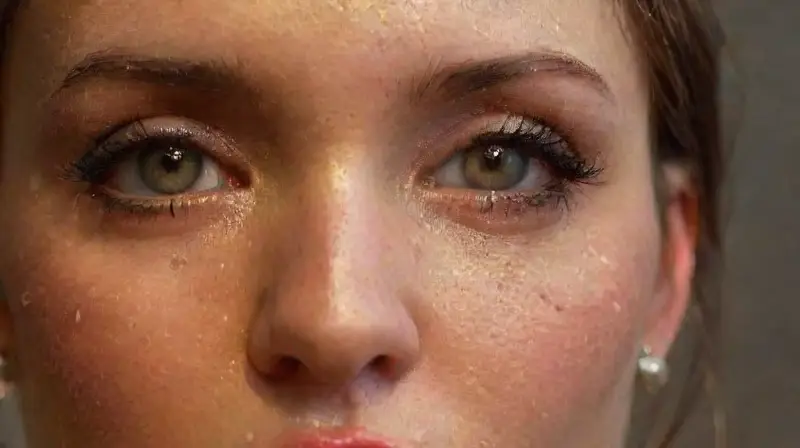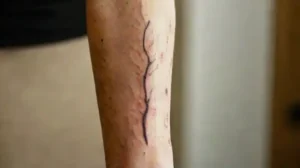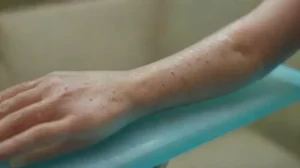Body modifications have been a part of human culture for thousands of years, serving as symbols of identity, spirituality, or social status. Many individuals seek alterations to express themselves uniquely, often embracing the process despite the discomfort involved. This enduring practice reflects a deep-rooted connection between physical pain and emotional fulfillment.
While some see body modifications as purely aesthetic, others view them as meaningful rites of passage. The thrill of inking, piercing, or sculpting the body can evoke a complex range of emotions, blending pain with a sense of empowerment and achievement. This intricate relationship continues to fascinate both practitioners and enthusiasts worldwide.
The History of Body Modifications
Historically, body modifications have played an essential role in various cultures around the globe. From tribal scarifications in Africa to tattoos in Polynesia, societies have used these practices to denote social hierarchy, spiritual beliefs, or rites of passage. Understanding their historical context offers insight into their enduring significance.
In many ancient civilizations, pain was a vital part of these rituals, symbolizing resilience and strength. For example, warriors sporting scars or pierced ears represented their courage and readiness for battle. These time-honored traditions highlight how pain and pride were often intertwined in cultural identity.
Over centuries, the motives behind body modification have evolved, blending traditional ceremonies with modern artistry. Today, many seek body modifications not just for cultural reasons but also as forms of personal expression or rebellion. The relationship between pain and pleasure remains central to this ongoing evolution.
Psychological Perspectives on Pain and Pleasure
The act of enduring pain during body modifications can trigger profound psychological responses. For some, the experience fosters a sense of achievement, helping to build confidence and self-identity. The adrenaline rush associated with piercing or tattooing often enhances feelings of excitement and empowerment.
Moreover, the psychological reward of overcoming discomfort can lead to increased self-esteem. Many people associate the pain endured with a tangible sign of commitment or courage. This emotional manifestation reinforces their sense of personal growth through body art.
Research indicates that the brain’s reward system releases endorphins during painful procedures, creating feelings of pleasure. This neurochemical response explains why some individuals find pain paradoxically enjoyable and seek out body modifications despite discomfort.
The Physiology of Pain in Body Art

Understanding the physiological aspect of pain helps clarify why body modifications can evoke both suffering and satisfaction. When the skin is punctured or tattooed, nerve endings send signals to the brain, alerting to potential harm.
However, the body’s natural response includes releasing endorphins—chemicals that act as natural painkillers. These endorphins can produce feelings of euphoria, transforming a painful procedure into a memorable experience of pleasure for many individuals.
Additionally, the stress response during body modification activates certain cortisol pathways, which can heighten alertness and resilience. This biological interplay underscores the dual nature of body-focused pain and pleasure.
Cultural Significance and Rituals
In many cultures, body modifications are more than aesthetic choices—they are ceremonies rich with meaning. Ritualistic scarification, piercing, or tattooing often mark significant life events such as puberty, marriage, or spiritual initiation.
Participants typically undergo these processes within community settings, emphasizing connection and shared identity. The pain experienced is often viewed as a necessary part of transforming the individual into a new social or spiritual state.
These rituals reinforce cultural values and strengthen collective bonds. Modern practitioners sometimes revive these traditions, blending ancient symbolism with personal expression to create meaningful body modifications.
Modern Trends and Social Identity

Contemporary body modifications increasingly serve as markers of social identity and personal beliefs. From tattoos advocating political causes to piercings symbolizing belonging, these alterations communicate messages beyond personal aesthetics.
For many, enduring pain during the process emphasizes their commitment to a particular lifestyle or community. The shared experience of pain can foster connection among enthusiasts, creating a sense of solidarity and mutual understanding.
Social media has amplified awareness of diverse body modification practices, encouraging more individuals to explore their own unique styles. This movement underscores how pain, pleasure, and identity continue to intertwine in modern society.
The Role of Art and Expression
Body modifications are often considered a form of art, allowing individuals to showcase their creativity and personal stories. Artists and clients work together to transform the body into a living canvas, where pain becomes part of the creative process.
The commitment involved in these projects can enhance the value and significance of the artwork, making the pain endured meaningful. This fusion of pain and artistry elevates body modifications beyond mere decoration to a profound act of self-expression.
Furthermore, the aesthetic impact of body art is often deeply tied to the emotional freedom it represents. Many find that pushing through initial discomfort fosters a stronger sense of authenticity and personal identity.
Conclusion
The relationship between pain and pleasure in body modifications underscores a complex interplay rooted in cultural, psychological, and biological factors. For many, enduring discomfort transforms into a powerful symbol of personal strength, growth, and identity.
Ultimately, body modifications exemplify how humans have long intertwined suffering with self-expression and artistic pursuit. This enduring tradition reflects our innate capacity to find meaning and joy through challenging yet transformative experiences.







